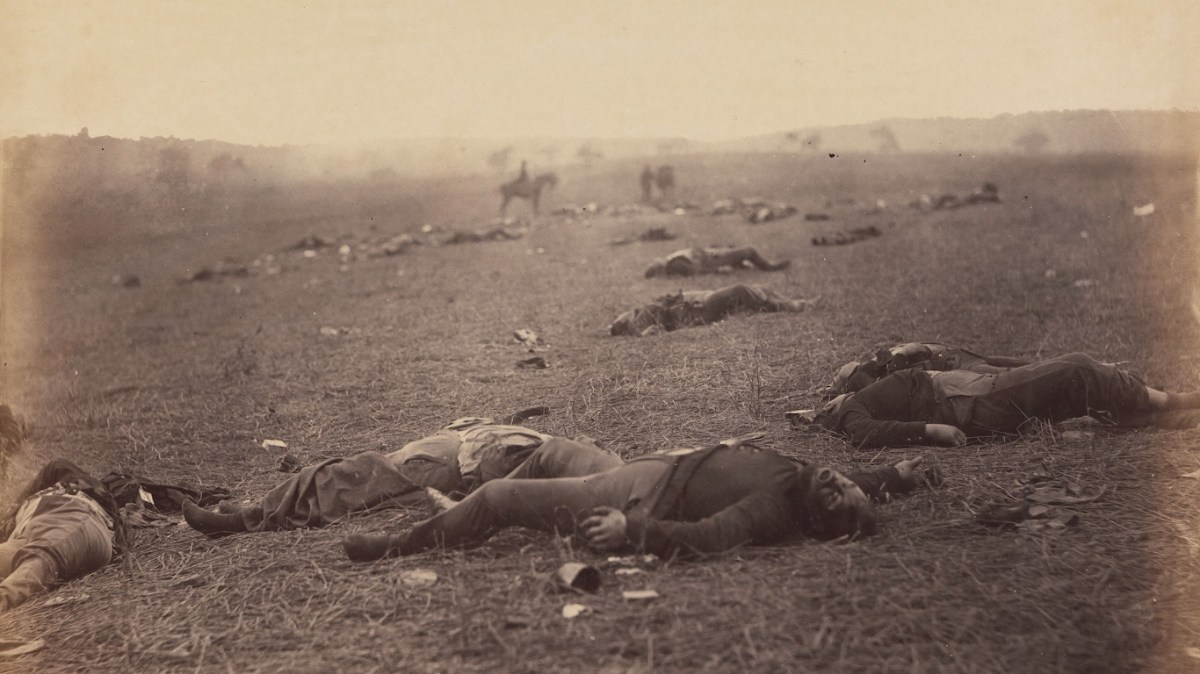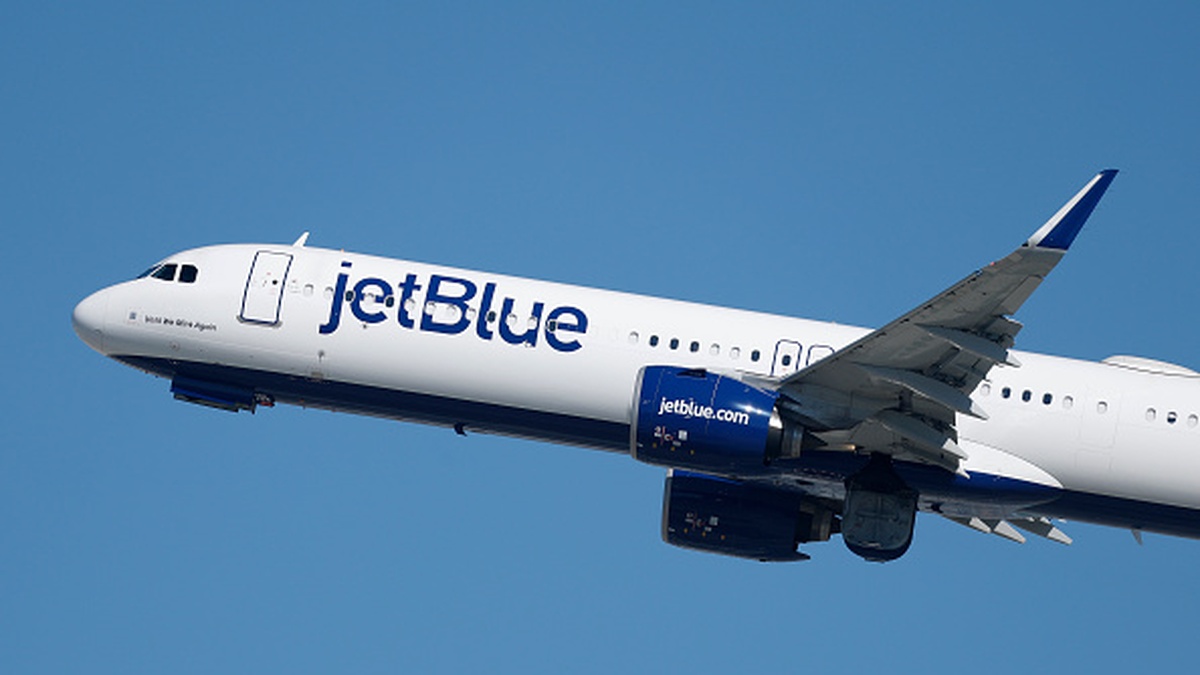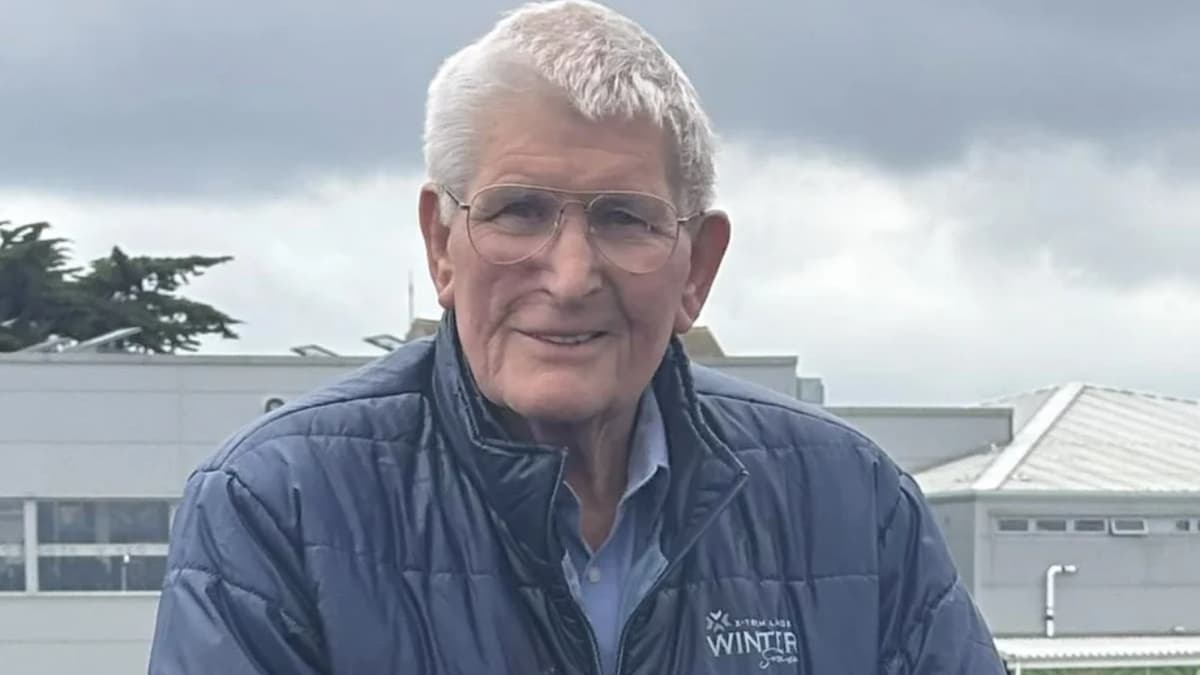Gettysburg is a charming town located in Adams County, Pennsylvania, about 80 miles northwest of Baltimore and 140 miles west of Philadelphia.
From farm-to-table restaurants showcasing the best of local produce to cozy cafes serving up freshly baked treats, the town has something to satisfy every craving. And let’s not forget about the town’s love affair with apples – the surrounding countryside is dotted with orchards, and every fall, Gettysburg celebrates its Apple Harvest Festival with mouthwatering pies, ciders, and all things apple.
While these associations certainly have their place in how we remember this Pennsylvania town, the true significance of Gettysburg lies in its pivotal role during the American Civil War, marking one of the most intense and crucial battles fought on American soil.
The Prelude to Battle
The Battle of Gettysburg occurred from July 1 to July 3, 1863, during the American Civil War. This was a period marked by deep division in the United States, with the Northern states (the Union) fighting to end slavery and keep the country united, and the Southern states (the Confederacy) fighting primarily for their right to maintain the institution of slavery and for greater state autonomy.
By the summer of 1863, the war had been raging for two years. The Confederate Army, led by General Robert E. Lee, had enjoyed a series of victories over the Union. Lee decided to invade the North, hoping a major victory on Union soil would tip the balance in favor of the South, possibly even encouraging foreign powers to recognize the Confederacy and intervene on their behalf.
The Clash at Gettysburg
The battle began almost by chance. Confederate soldiers, searching for supplies in the town of Gettysburg, Pennsylvania, encountered Union cavalry. Fighting quickly escalated as both sides rushed reinforcements to the area. Over the next three days, the battle expanded into the largest and one of the bloodiest of the Civil War.
The Union forces, commanded by General George G. Meade, took up strong defensive positions on the high ground, forming a fishhook-shaped line that stretched from Culp’s Hill, through Cemetery Hill and along Cemetery Ridge to Little Round Top. The Confederates assaulted these positions in a series of attacks.
The climax of the battle came on July 3, in what is known as Pickett’s Charge. After two days of intense fighting, with heavy losses on both sides, Lee ordered an all-out assault on the center of the Union line on Cemetery Ridge. Led by Major General George Pickett, approximately 12,500 Confederate soldiers charged across open fields under heavy artillery and rifle fire. The attack failed disastrously, resulting in massive Confederate casualties. This failure of Pickett’s Charge marked the turning point of the battle and, many argue, of the Civil War itself. Next day, Lee’s army began a retreat back to Virginia and the Confederate invasion of the North had been repelled.
Key moments and aftermath
With about 51,000 soldiers killed, wounded, captured, or missing, the failure of the Confederate invasion had profound impacts. Politically, it boosted Union morale and strengthened President Abraham Lincoln’s resolve to continue the fight against the Confederacy. Four months after the battle, on November 19, 1863, Abraham Lincoln delivered the Gettysburg Address at the dedication of the Soldiers’ National Cemetery in Gettysburg.
It is for us the living, rather, to be dedicated here to the unfinished work which they who fought here have thus far so nobly advanced. It is rather for us to be here dedicated to the great task remaining before us—that from these honored dead we take increased devotion to that cause for which they gave the last full measure of devotion—that we here highly resolve that these dead shall not have died in vain—that this nation, under God, shall have a new birth of freedom—and that government of the people, by the people, for the people, shall not perish from the earth.
Abraham Lincoln, 1863
In just a few brief remarks, Lincoln eloquently expressed the significance of the war and the battle, redefining the purpose of the fight as one for human equality and the preservation of a nation “conceived in Liberty, and dedicated to the proposition that all men are created equal.”
Today, the Gettysburg National Military Park, which preserves approximately 6,000 acres of the battlefield, is a focal point for visitors and history buffs from around the world. The park includes numerous monuments, memorials, and exhibits that commemorate the events of July 1863 and the people who fought in the battle.











Published: May 20, 2024 06:29 pm